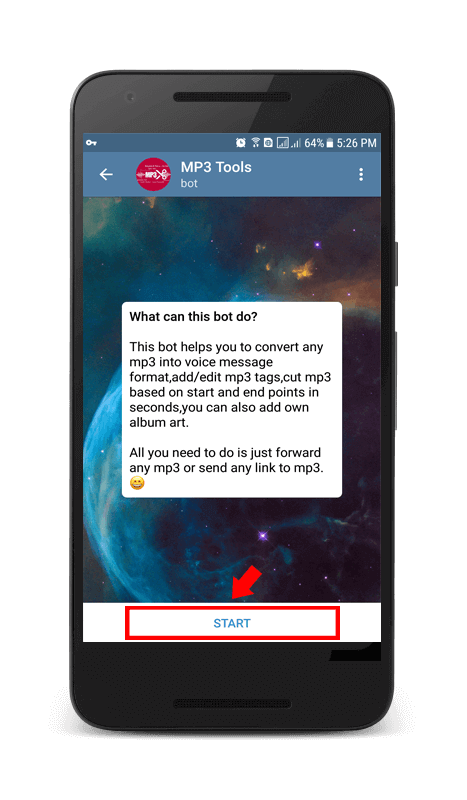

WAV file formats use containers to contain the audio in “chunks” using the Resource Interchange File Format. WAV files are uncompressed lossless audio, which can take up quite a bit of space, coming in around 10 MB per minute. What Is a WAV File?Ī Waveform Audio File Format (WAV, pronounced “Wave”) is a raw audio format created by Microsoft and IBM. However, if you’re not an audiophile and are concerned about storage space, it might be time to convert them to a more manageable format like MP3. St.WAV audio files are a great way to preserve the complete and accurate quality of a recording in a truly lossless format on your computer. Save_path = Path(save_dir) / uploaded_file.nameĪudio.export(save_path, format=file_type) Uploaded_files = st.file_uploader("upload", type= accept_multiple_files=True)Īudio = _wav(uploaded_file)Īudio = _mp3(uploaded_file) """ limited 200MB, you could increase by `streamlit run foo.py -server.maxUploadSize=1024` """ When the app would be deployed then the datapath would change.Įxample of upload and save wav/mp3 file import pydubĭef upload_and_save_wavfiles(save_dir: str) -> List: Wav_file = datapath+uploaded_file.name+’.wav’ Sound.export(datapath+uploaded_file.name+’.wav’, format=“wav”) Sound = om_mp3(datapath+uploaded_file.name)

St.audio(audio_bytes, format=‘audio/mp3’) Uploaded_file = st.file_uploader(“Select”) St.subheader(“Choose a mp3 file that you extracted from the work site”) St.set_option(‘deprecation.showfileUploaderEncoding’, False) in your app as well, you are reading the mp3 file and then creating a spectrogram(maybe through librosa), from where did you read this wav file?ĭatapath = ‘/Users/prashantmudgal/Documents/Sound_app/data/’ wav file somewhere till I read in librosa.Į.g.

My other problem is when I would be deploying my app on heroku or EC2, I would need to create the.


 0 kommentar(er)
0 kommentar(er)
